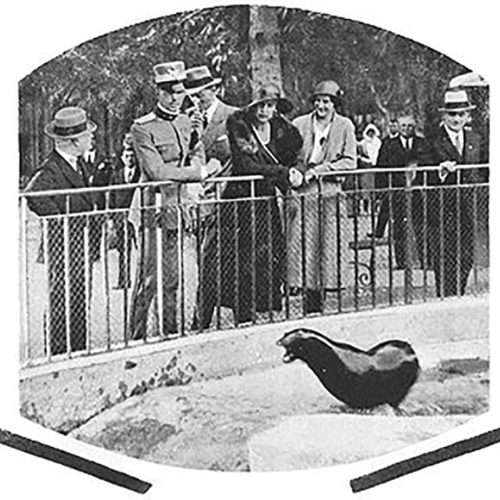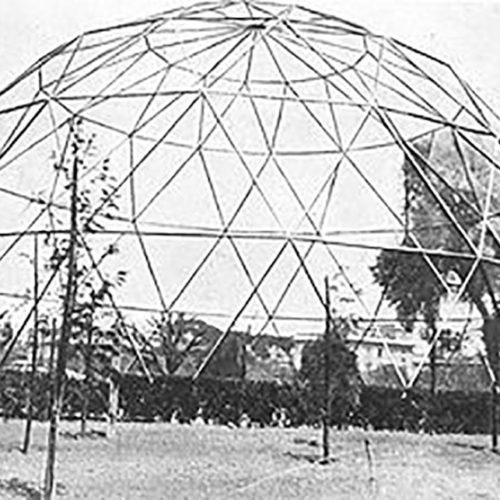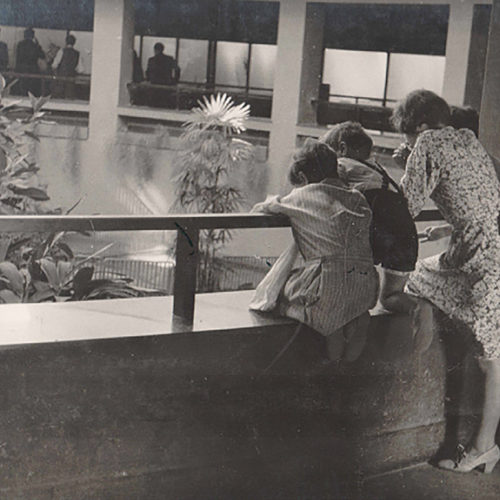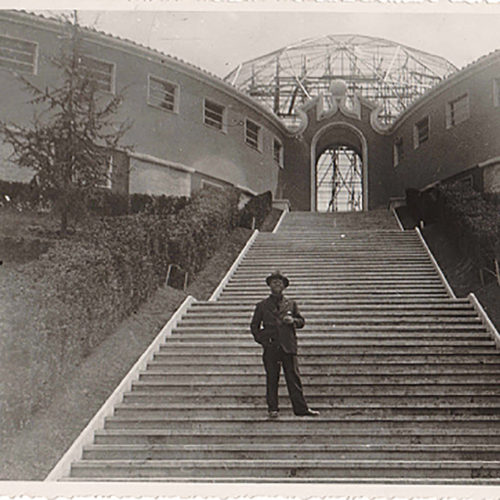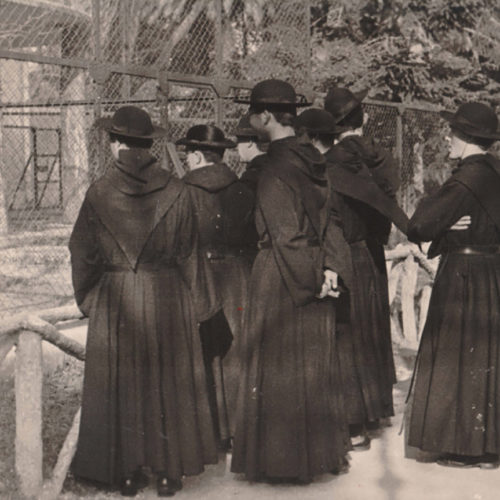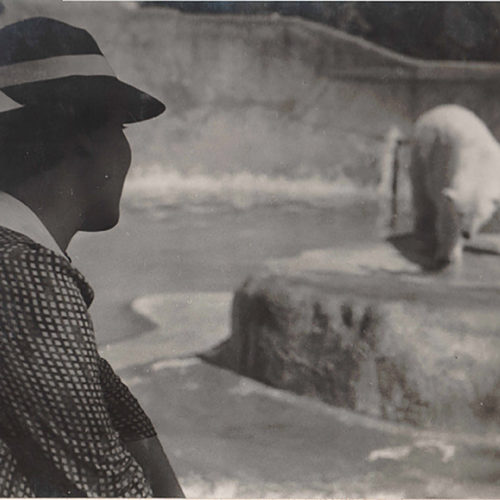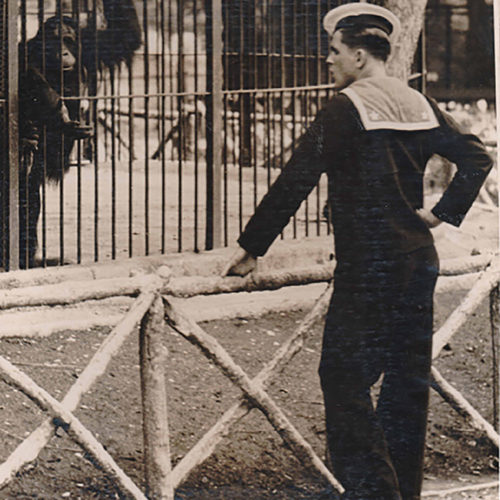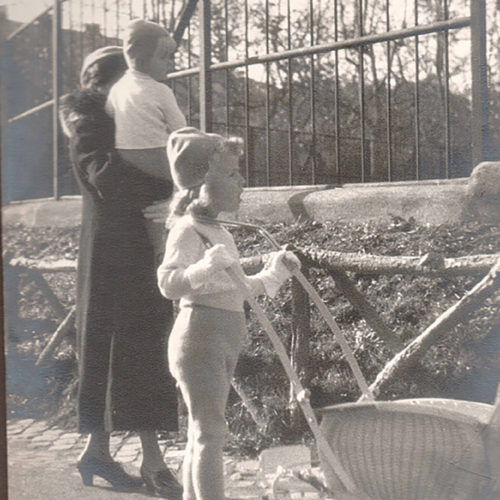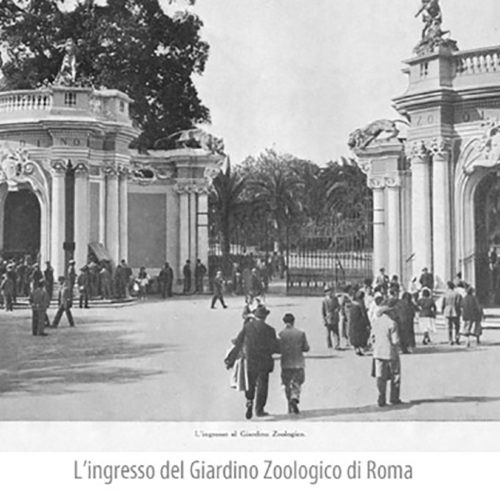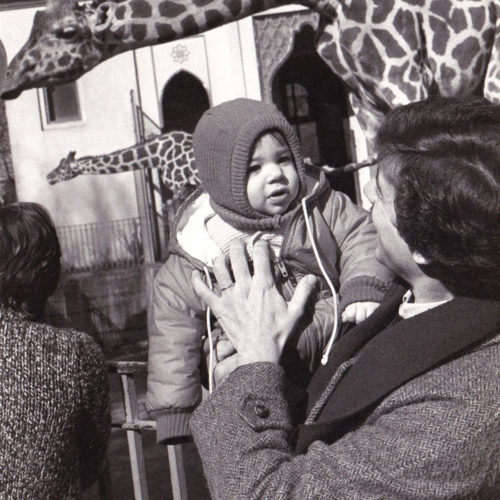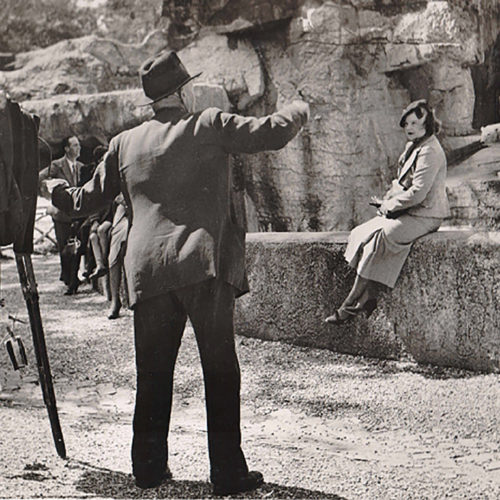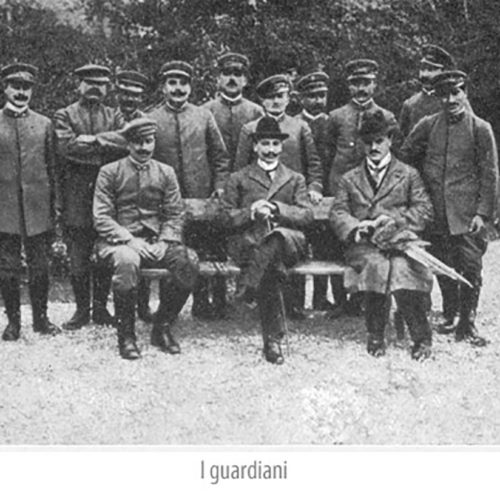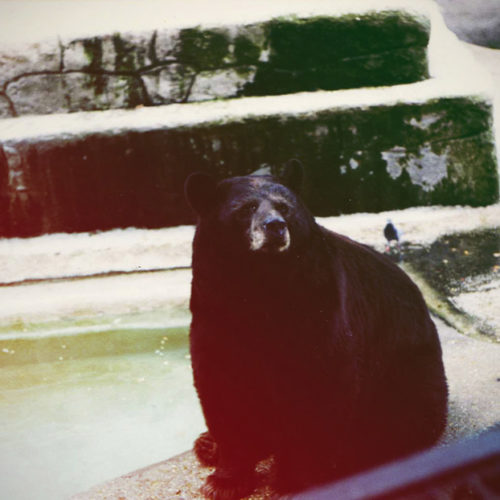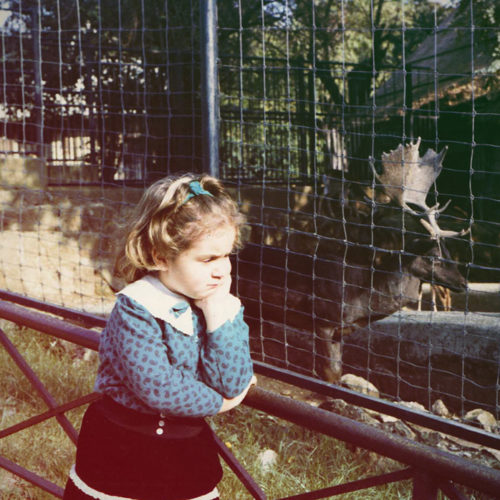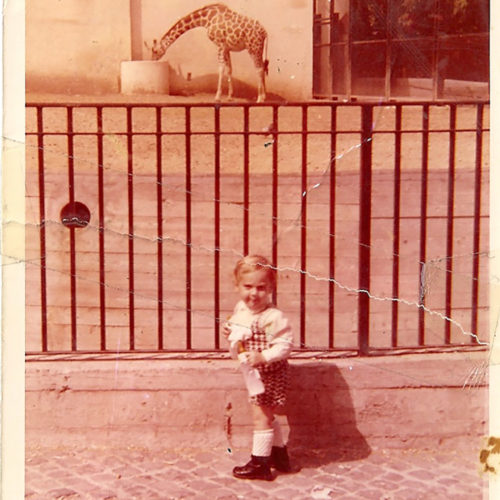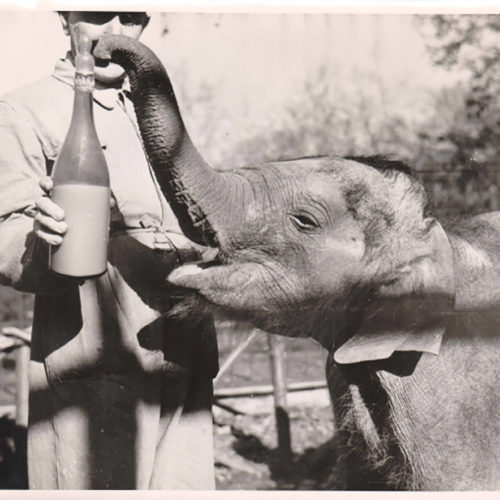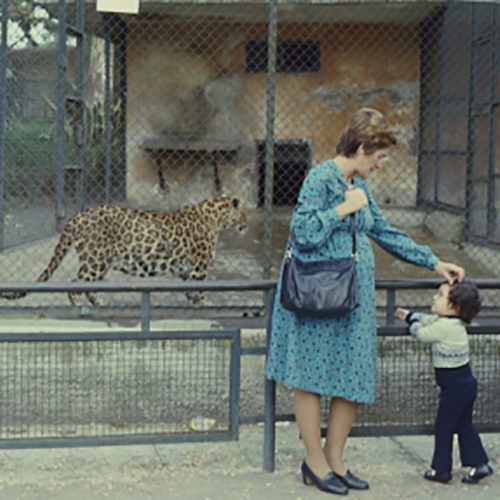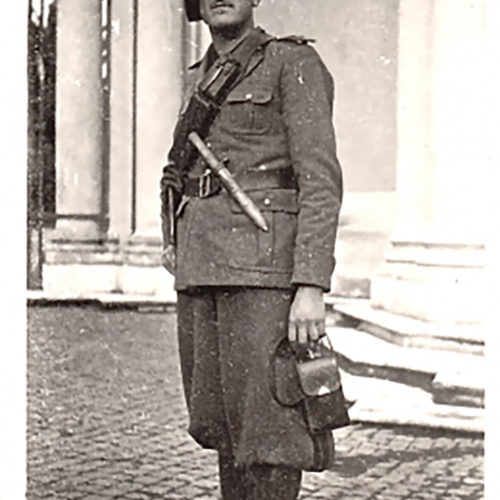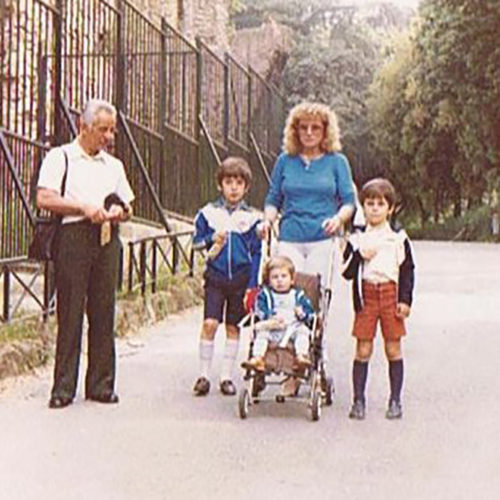History Of The Bioparco - Rome Zoological Garden
The Rome Zoological Garden was inaugurated over 100 years ago, on the 5th of January 1911, by the architect Carl Hagenbeck, who revolutionized the concept of zoos by replacing cages with open spaces and moats.
At the time, the zoos had a purely recreational purpose, the only goal was the entertainment of the public through the display of rare and exotic animals.
In 1935 the Rome Zoological Garden was expanded by architect Raffaele De Vico.
In that year it reached the current surface of 17 hectares that also included a reptile house and a large aviary with a geodesic structure, unique in Europe.

The Rome Zoo quickly became one of the most important in Europe, surpassing even those in Paris and Berlin built with old systems.
Over time, also after the war events, the management of the zoo became very uncertain and its decline was evident.
In 1994 the idea of transforming the zoo into a Bioparco arose and in 1998 the project came to life, subsequently transformed into a Foundation in 2004, which represented a radical change and a natural evolution of the concept of a Zoological Garden.
From an animal museum without any purpose, now the Bioparco is a structure with objectives in the Conservation of endangered species, the education of biodiversity and scientific research.
All this is in line with the World Zoo Conservation Strategy, drawn up by the WAZA (World Organization of Zoos and Aquariums) together with the IUCN (International Union for Conservation of Nature) and adopted by the WWF International, which defines the guidelines for a so-called “modern” zoo.
The architecture of the Bioparco
When the Rome Zoological Garden was created in 1911, it was recognized by all visitors as one of the most enchanting places in Rome, not only for the collection of animals present but also the effect of showing them without cages in Villa Borghese, a botanical garden right in the centre of the city of Rome.
The first master plan was designed by Hagenbeck with Lehmann and Eggenschwiller who created the architecture.
What is left of the initial Bioparco almost a century later?
Here is a paradox of Rome, a city where everything settles but nothing is destroyed.
The guidelines of the urban layout seem to remain unchanged and the architecture, intended as a theatrical setting, is still there to excite young visitors, as did their grandparents in the past, stimulated by the readings by Emilio Salgari. Twenty five years after its opening, the architect De Vico, in 1933 developed the current architecture of the Zoological Garden of Rome, creating harmonious buildings rich in very fine details.

